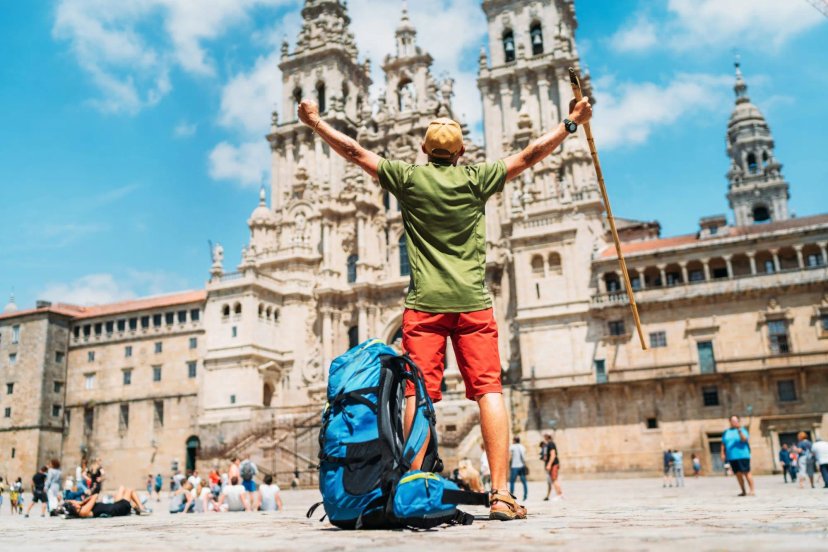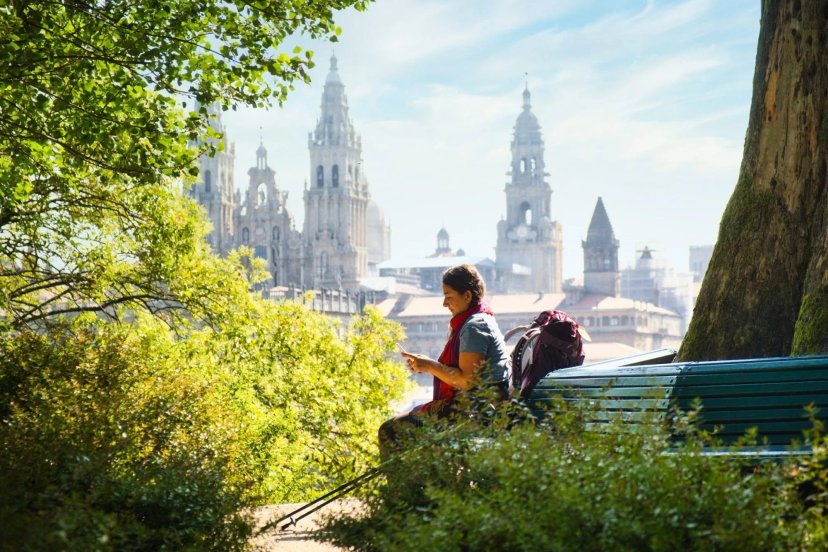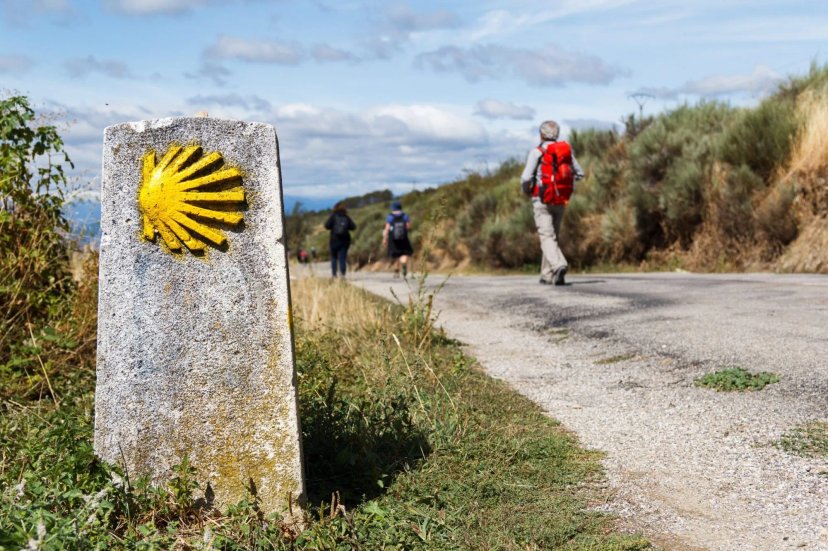
Explore the historic Camino de Santiago on our walking tours, ensuring a personal journey through Spain's rich landscapes and centuries-old pilgrim paths.
Have questions? Talk to us.
Anja Hajnšek
Usually replies within 1 hour!
Portfolio brand of:World Discovery




